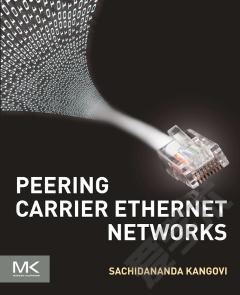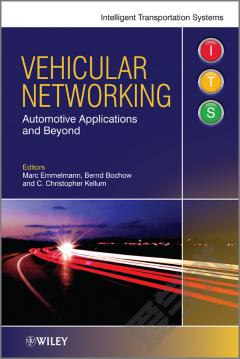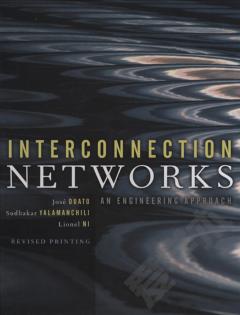Peering Carrier Ethernet Networks
Abstract This chapter describes how growth in Ethernet technology is leading to the expansion of Carrier Ethernet (CE) services beyond one operator's Carrier Ethernet Network (CEN). This expansion is also coupled with the fact that today subscribers, particularly business subscribers, have many locations that are not all in one operator's footprint. These are the reasons that are making peering of CENs necessary. To address this necessity, MEF defined an E-Access service type that uses External NetworkâNetwork Interface (ENNI), and these are the topics of this chapter. In order to understand this E-Access service type, it is essential to revisit bridging techniques and tags, particularly S-tags because of the critical role S-tags play in peering CENs. This chapter explains bridging techniques and tags. The chapter then covers terminology, architecture, attributes, and parameters associated with E-Access service type to explain terms like ENNI, operator virtual connection (OVC), OVC End Point, service provider, access provider, subscriber's point of view, service provider's point of view, and access provider's point of view. The chapter also provides reference to all IEEE, ITU-T, and MEF specifications relevant to peering CENs. The chapter then describes Access-Ethernet Private Line and Access-Ethernet Virtual Private Line services that belong to E-Access service type and provides some examples of subscriber's services on peering CENs that use these access services. The chapter expands on the description of delivering QoS given in Chapter 4 and describes how QoS is delivered on peering CENs by coordination of class of service, performance parameters, bandwidth profile, and policing by two-rate three-color model. Description in this chapter also includes service assurance by network operation, administration and management (SOAM) over peering CENs. This SOAM ensures that QoS is in compliance with SLA between service provider and subscriber. The peering of CENs requires business-to-business (B2B) transactions between service providing operator and access providing operator. This B2B transaction in communication industry is called Access Service Request (ASR), and this chapter provides a transition to ASR which is the topic of our Chapter 6 .
{{comment.content}}








 京公网安备 11010802027623号
京公网安备 11010802027623号